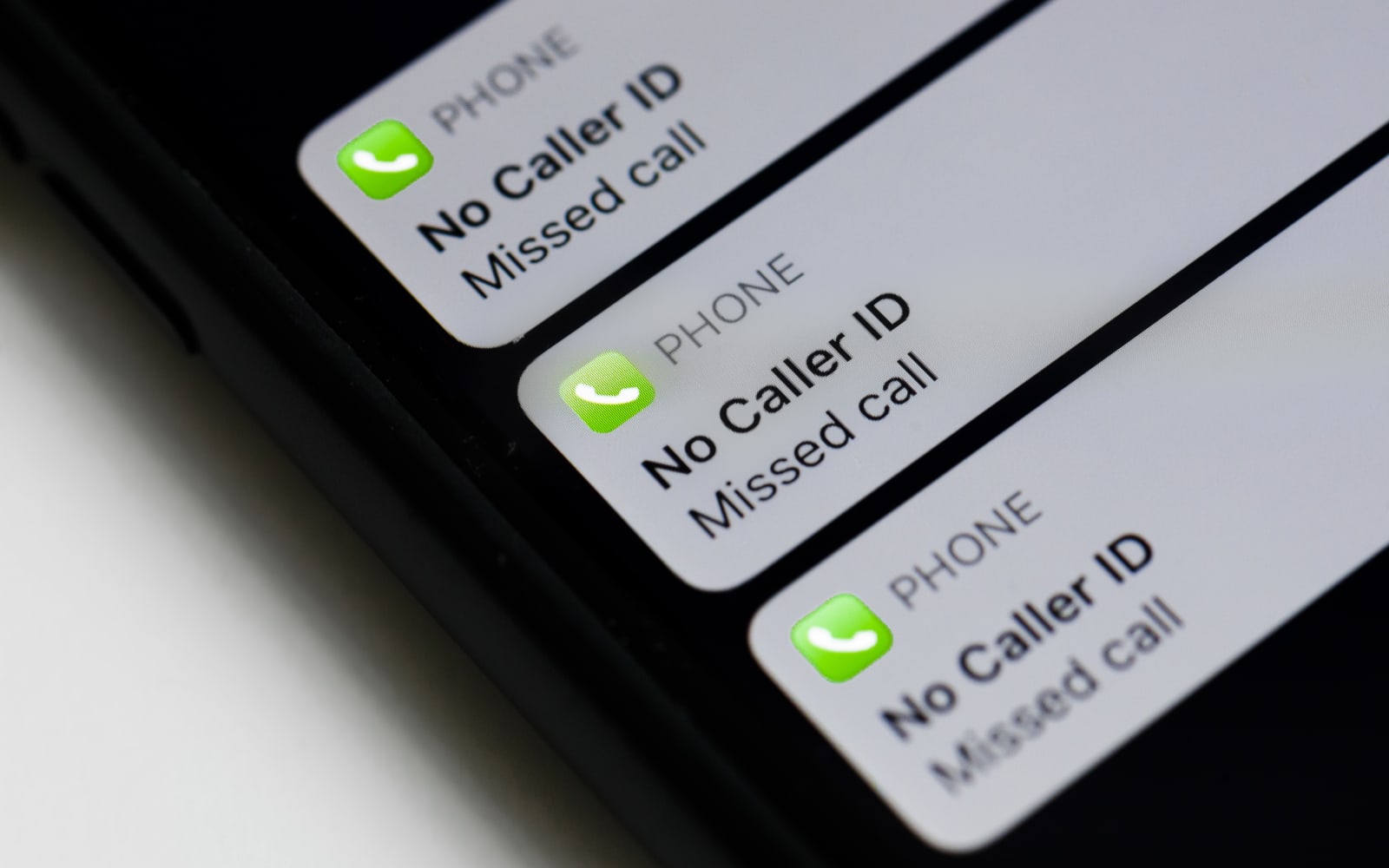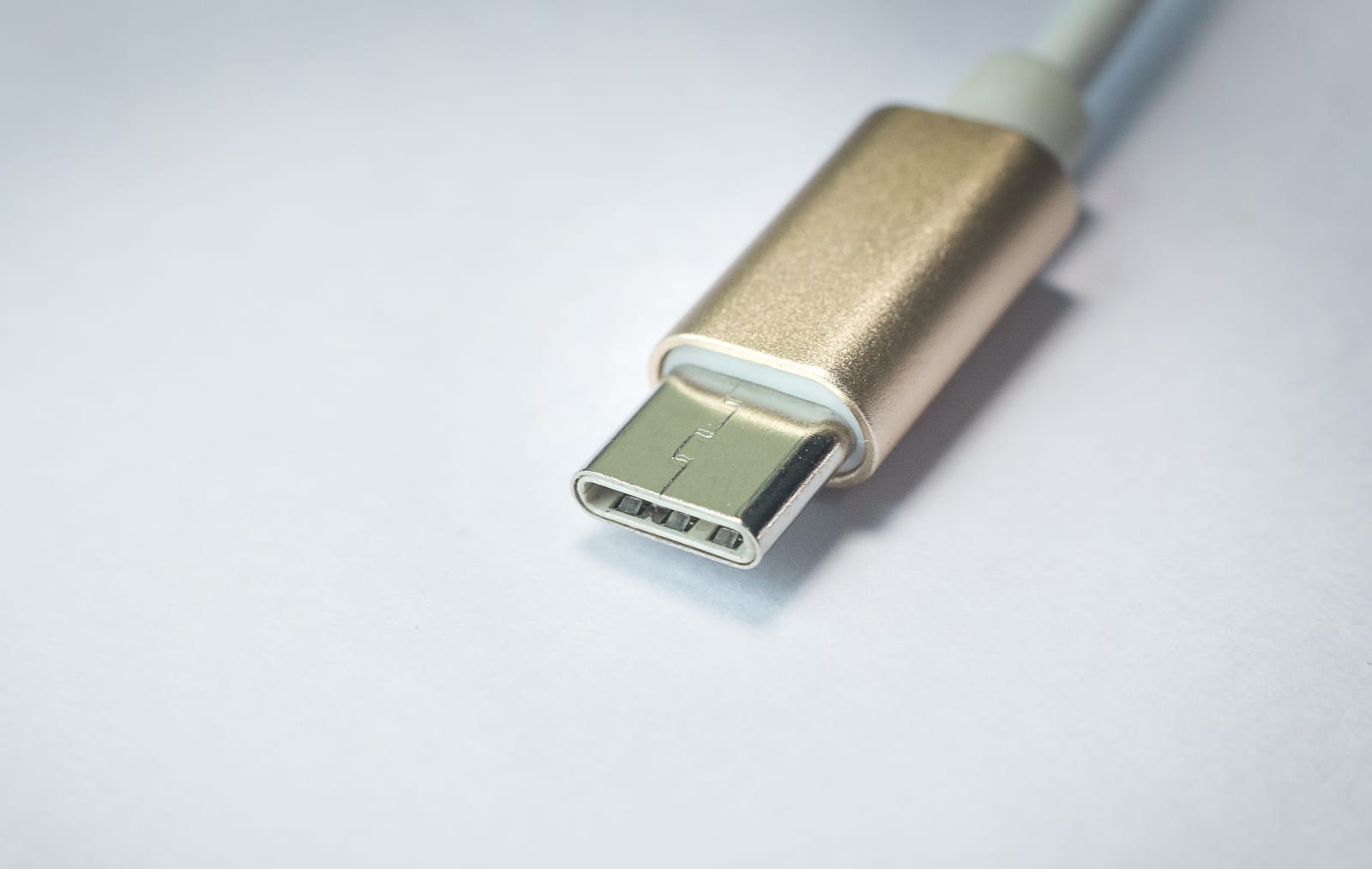 Google's SPDY protocol is already gaining traction among web browsing heavyweights such as Chrome and Firefox, but its next step may be its biggest showing to date -- albeit in a different form. According to Mark Nottingham, the chairperson of the committee behind the HTTP protocol, a decision was made to focus on SPDY as the starting point for HTTP/2.0 discussion. Now, in case you couldn't tell, this is far from a sure thing, and as is, the HTTPBIS Working Group is currently targeting 2014 for the new specification's release. The decision is important, however, as the group seems intent to not reinvent the wheel with HTTP/2.0.
Google's SPDY protocol is already gaining traction among web browsing heavyweights such as Chrome and Firefox, but its next step may be its biggest showing to date -- albeit in a different form. According to Mark Nottingham, the chairperson of the committee behind the HTTP protocol, a decision was made to focus on SPDY as the starting point for HTTP/2.0 discussion. Now, in case you couldn't tell, this is far from a sure thing, and as is, the HTTPBIS Working Group is currently targeting 2014 for the new specification's release. The decision is important, however, as the group seems intent to not reinvent the wheel with HTTP/2.0.
While Nottingham made it clear that SPDY wouldn't serve as an outright replacement for HTTP -- for example, the "methods, status codes, and most of the headers" will remain the same -- there's now a high likelihood that SPDY will heavily influence the new protocol. Up next, Nottingham will open the discussion to the group's mailing list, and after that, approval will be sought from the Internet Engineering Steering Group (IESG). Once those steps are out of the way, however, we can expect work to begin in earnest toward the development of HTTP/2.0, and hopefully, a lot of speedy influences.
Filed under: Internet
HTTP standards group looks to SPDY protocol to influence HTTP/2.0 originally appeared on Engadget on Tue, 07 Aug 2012 07:48:00 EDT. Please see our terms for use of feeds.
Permalink  TechCrunch
TechCrunch |
 MNot's Blog
MNot's Blog |
Email this |
Comments
 Today, FCC Chairman Ajit Pai proposed new rules that would require phone companies to adopt the STIR/SHAKEN protocol, an increasingly popular method for caller ID authentication. The rules are meant to combat robocalls, specifically those that spoof...
Today, FCC Chairman Ajit Pai proposed new rules that would require phone companies to adopt the STIR/SHAKEN protocol, an increasingly popular method for caller ID authentication. The rules are meant to combat robocalls, specifically those that spoof...
 Today, FCC Chairman Ajit Pai proposed new rules that would require phone companies to adopt the STIR/SHAKEN protocol, an increasingly popular method for caller ID authentication. The rules are meant to combat robocalls, specifically those that spoof...
Today, FCC Chairman Ajit Pai proposed new rules that would require phone companies to adopt the STIR/SHAKEN protocol, an increasingly popular method for caller ID authentication. The rules are meant to combat robocalls, specifically those that spoof...
 Twitter is funding a team to develop an open and decentralized standard for social media. CEO Jack Dorsey announced the effort, called Bluesky, today. In a series of tweets, Dorsey said Twitter will fund a "small independent team" of up to five open...
Twitter is funding a team to develop an open and decentralized standard for social media. CEO Jack Dorsey announced the effort, called Bluesky, today. In a series of tweets, Dorsey said Twitter will fund a "small independent team" of up to five open...
 As we fill our homes with connected devices, we'll need WiFi to reach around every corner. One solution is hardware like Amazon's Eero routers and Google's Nest WiFi, physical devices that give your primary WiFi signal a boost. But researchers think...
As we fill our homes with connected devices, we'll need WiFi to reach around every corner. One solution is hardware like Amazon's Eero routers and Google's Nest WiFi, physical devices that give your primary WiFi signal a boost. But researchers think...
 US consumers receive as many as 350,000 unwanted calls every three minutes, according to the FCC. Despite multiple efforts to end the onslaught, an estimated 4.7 billion robocalls hit American phones in July alone. Now, attorneys general from all 50...
US consumers receive as many as 350,000 unwanted calls every three minutes, according to the FCC. Despite multiple efforts to end the onslaught, an estimated 4.7 billion robocalls hit American phones in July alone. Now, attorneys general from all 50...
 USB chargers and devices are universally accessible and easy to use, but they come with a host of potential security risks, namely the spread of malware from infected devices, and data leakage should a device fall into the wrong hands. Now, the USB I...
USB chargers and devices are universally accessible and easy to use, but they come with a host of potential security risks, namely the spread of malware from infected devices, and data leakage should a device fall into the wrong hands. Now, the USB I...






